|
Excerpt below from The Mystery of the Pinyon Jay: a bird species native to the West has declined dramatically - and we're still trying to figure out why, news article by Alan de Queiroz in the Reno News and Review, February 29, 2024.
Click to read the full story here. In the spring of 2020, I started going for hikes on a part of Peavine Mountain I had hardly ever visited before, just above the Northgate neighborhood in northwest Reno. ... I’ve become attached to the landscape—the shrubby slopes, the scattered outcrops, the pines silhouetted against strange white and orange soils—but mostly, I go there because it’s a great place to find pinyon jays. These birds look like small blue crows and, unlike other jays, usually move around in flocks. I go to follow the jays and, if I’m lucky, to sit in the middle of a flock, experiencing the strange spectacle of these noisy, gregarious birds. “They’re all picking through crevices in the bark for caches (of pine nuts) or probing the ground for caches, and there’s one watching (as a sentry), and they’re rotating through these duties … and it’s really cool to be that close to so many birds,” says Ned Bohman, from the Great Basin Bird Observatory. Every spring, hundreds of birdwatchers drive along predetermined 24.5-mile routes all over the U.S. and in parts of Canada, stopping each half-mile to count every bird they see or hear, making a total of 50 counting points per route. ...The most recent BBS report, covering 1966 through 2022, estimated that the overall number of pinyon jays fell by some 70 percent in that time. ... BBS reports, based on the efforts of thousands of community scientists, were a big part of what put pinyon jays on the radar of conservationists and agency land managers. And, according to John Boone and Ned Bohman (GBBO), community scientists will also be a vital part of the next step in the conservation of this species. “It takes all of us working on this,” said Rose Strickland, the conservation chair for the Lahontan Audubon Society. “Problems are too pervasive; everything is connected, and so we need to be more connected in the way that we approach preserving biodiversity instead of just drawing lines on a map (around protected areas). … It really takes a village.” To learn more about the community science project to map our local Pinyon Jays, please email [email protected]. Our Field Trips Chair, Lauren Whitenack wrote a useful article on ways we can all help birds around our homes. This article was originally published on the CritterFacts site.
The Pelican-- Hummingbird and Pollinator Garden Planting at Valley Wood Waterwise Gardens10/19/2023 Date: Saturday, October 7, 2023
Place: Valleywood Park Waterwise Gardens - meet at the Gazebo, click to see map What to Bring: Gardening clothes and favorite small garden tools for planting if you have it, but not needed as Tom has supplies handy. Come and join us at our community gardens at Valleywood Park this Saturday! We will be planting California Fuschias for hummingbirds! This bright red flower grows well in our neighborhood. Lahontan Audubon Society's Vice President and owner of River School Farm, Tom Stille, is leading this effort and knows all when it comes to landscaping and gardening in our area. This planting effort is the first step to adding flowers to our hummingbird garden and there will be more opportunities to help out. This day, we will build a raised bed out of tree limbs, add live worm compost, plant, add drip irrigation, and mulch for the flowers. Learn techniques you can use in your own yard and help our wild birds thrive! Help us plant and then watch our gardens grow! Photos by Dave Reynolds. Report by Linda St-Cyr. Starting from the parking lot at the top of Peavine Creek Road and hiking up, 11 Pinyon Jay followers observed 122 Pinyon Jays (a life bird for at least 3 people!) over a 2-hour period on the morning of 10/5/22. The Pinyon Jays flew in a northerly direction in several groups from the houses below to the foothills above. It’s interesting that the area hosts Jeffrey and Ponderosa Pines, but no Pinyon Pines. The Pinyon Jays seem to be getting supplementary food around the houses (peanut shells were visible on the ground at the lower elevations) and they could be preparing to cache at the higher elevations although we did not actually see caching behavior. The Pinyon Jay survey volunteers practiced submitting data to Great Basin Bird Observatory via the Survey 123 app. An extra perk was the Golden Eagle who often appears near the peaks when we’re in this area. See the eBird trip report for the full species list.
What is the Intermountain West Shorebird Survey?
Shorebirds represent a unique aspect of biodiversity that links isolated sites, often hundreds or thousands of miles apart, and thus, shorebirds are excellent indicators of environmental health across large and small landscapes. Inland sites in the Intermountain West are oases for our migratory shorebirds. Our collective efforts will document changes to freshwater wetlands and saline lakes over the past 30 years by recreating the last comprehensive shorebird survey of the region in 1989-1995. By combining the efforts of professional and volunteer scientists, we will collect critical information to help sustain shorebird populations into the future, which is the purpose of the Intermountain West Shorebird Survey. The project objectives are:
We need help collecting baseline site information (access points, observation locations, and potential hazards), designing routes and surveying sites. We will be providing more details on what information we need and how to collect it during our upcoming webinar sessions. Please fill out the online form below if you are interested in visiting a familiar or new shorebird site to help design surveys and count shorebirds during our migration windows (August 9th – 22nd and April 24th – 30th), any effort helps shorebirds count! Mileage reimbursement is available on a case-by-case basis. Save the dates!
Ready to get involved? Did you know that Nevada is one of the most biologically diverse states? With 309 endemic species and subspecies, Nevada ranks 6th in endemics and 11th in total species diversity. Despite this breadth of species, Nevada had the 3rd highest number of species at risk. The most recent Nevada Wildlife Action Plan, published in 2012 listed 256 wildlife species of greatest conservation need and 22 key habitats. Thankfully, there is a bill making its way through Congress that seeks to protect and restore species of greatest conservation need. The Recovering America's Wildlife Act (RAWA) would provide over $30 million annually to support wildlife conservation, habitat management and restoration, outdoor recreation, and conservation education programs in Nevada. Species like the Greater Sage-Grouse and Pinyon Jay would greatly benefit from these funds. This bill is co-sponsored by Senator Jacky Rosen, Representative Mark Amodei, Representative Steven Horsford, and Representative Dina Titus. Please write to your congresspeople to thank them for their support of this important legislation. Use the link below to share your support.
Did you know that Pinyon Jay populations have declined 80% since the 1960s? Here is your opportunity to help scientists understand why this species is in decline and how we can help to conserve them. Lahontan Audubon Society is partnering with the Great Basin Bird Observatory (GBBO) to recruit community scientists to conduct Pinyon Jay surveys. No experience is necessary and birders of all levels are welcome. This is a great opportunity to learn about a local species and support conservation efforts. Surveys require a smartphone app or a handheld GPS.
Each month we will host a field trip where new volunteers will meet our experienced surveyors to learn the survey protocol and share their experiences. Send us an email to RSVP. Click below to fill out our volunteer form or watch our Pinyon Jay presentation on our YouTube Channel. The Greater Sage-Grouse is an icon of the west, yet the species is on the decline. The majority of their remaining habitat is on land managed by the Bureau of Land Management which is currently in the process of formally reviewing their State Sage Grouse Management Plans. Make your voice heard by submitting comments through the National Audubon's campaign or visit the BLM Scoping site for more information. Lahontan Audubon is working to develop formal comments as well and the more people who speak up in support of this species the better.
Our December bird of the month is the Pinyon Jay. Pinyon Jays are known for foraging in Pinyon pines, hence their namesake. Pinyon Jays are a larger jay, and sometimes mistaken for small crows. Pinyon Jays are found throughout the American West and even parts of Baja California. They are often seen in the Great Basin region due to the Pinyon trees that can be found here. Flocks of Pinyon Jays can be seen in Alum Canyon and have been recently observed on Peavine here in Reno. The Pinyon Jay is a Watch List species due to habitat loss. Lahontan Audubon Society is partnering with the Great Basin Bird Observatory on an exciting community science project to advance our knowledge of this unique species. Join us for our upcoming free monthly meeting where you will learn all about the natural history of Pinyon Jays and how you can support conservation efforts. To register for the member meeting click below. For more information about Pinyon Jays and to hear recordings of their call, please visit the Audubon Field Guide entry below:
|
topics
All
Archives
July 2024
|
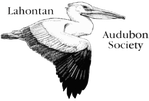

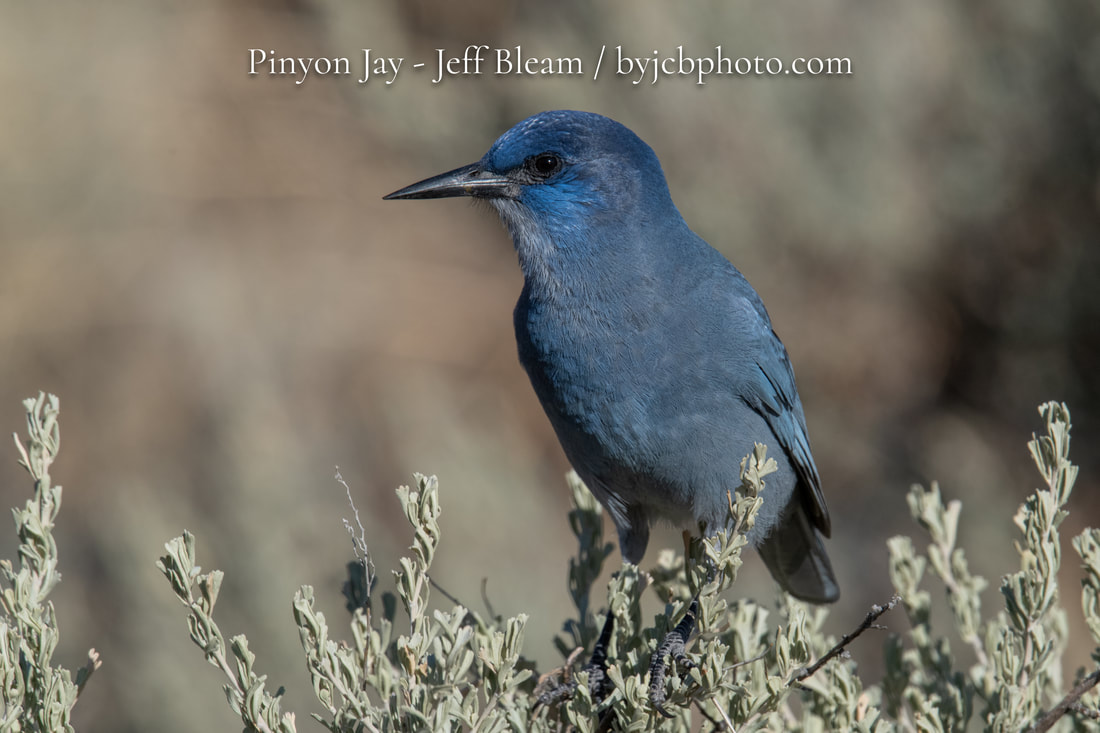
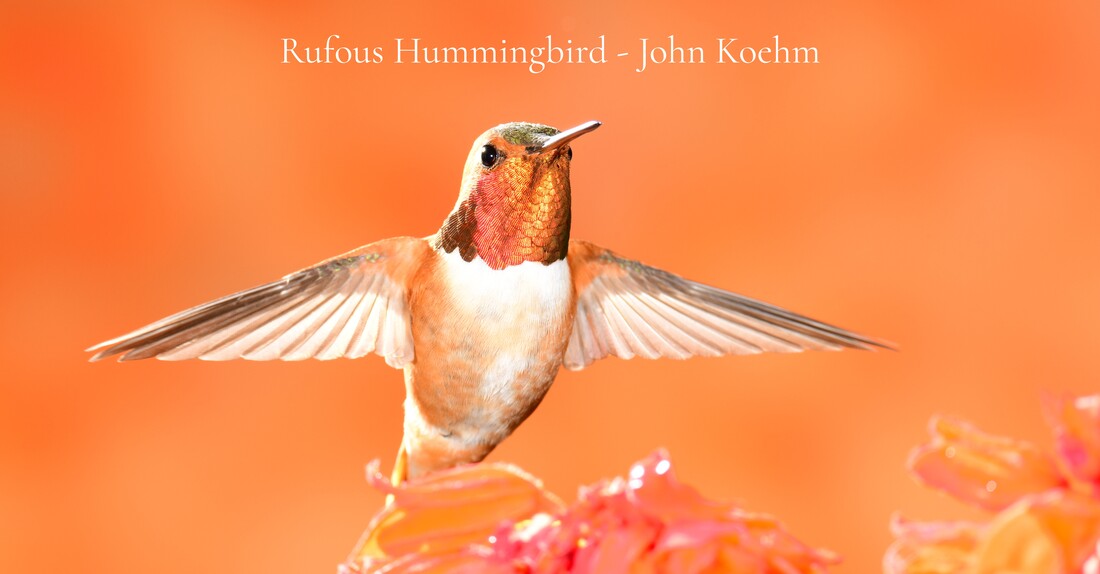
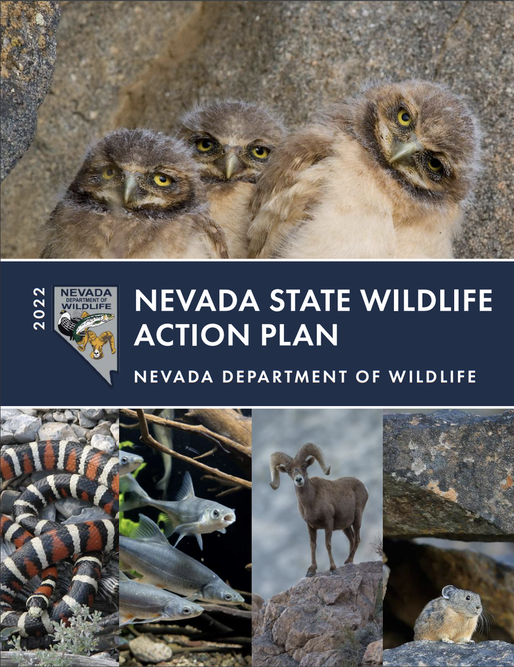

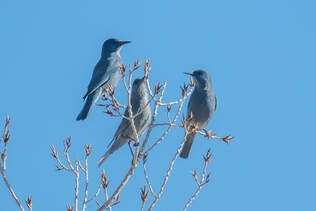

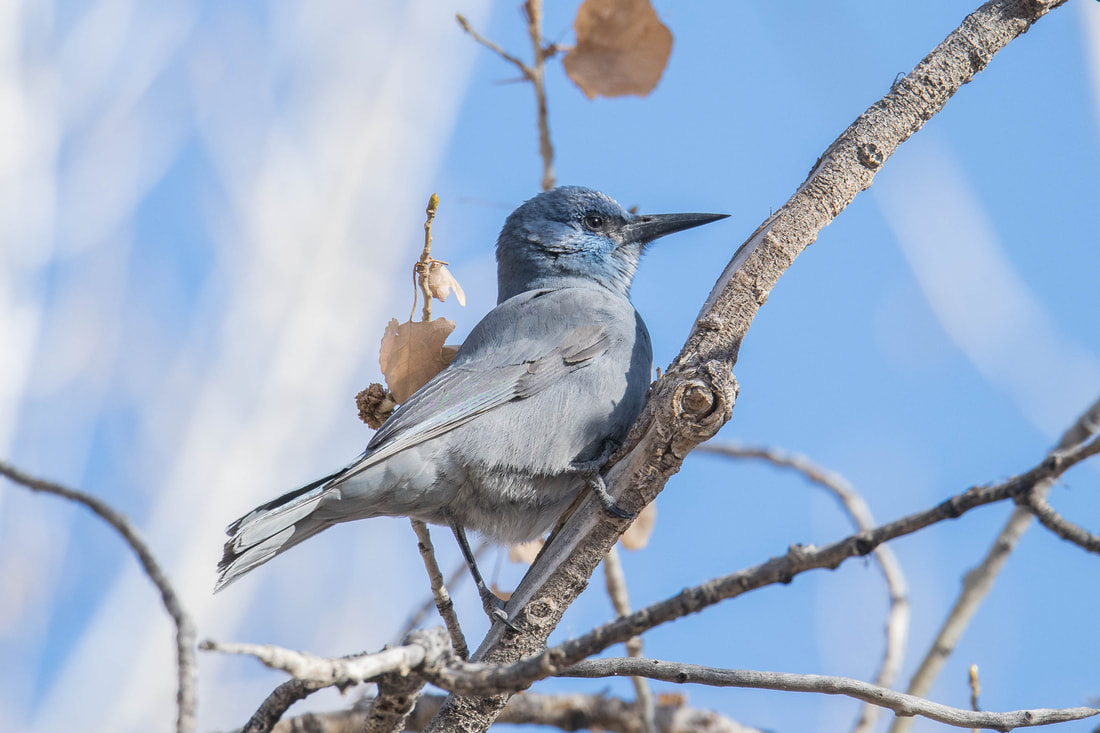

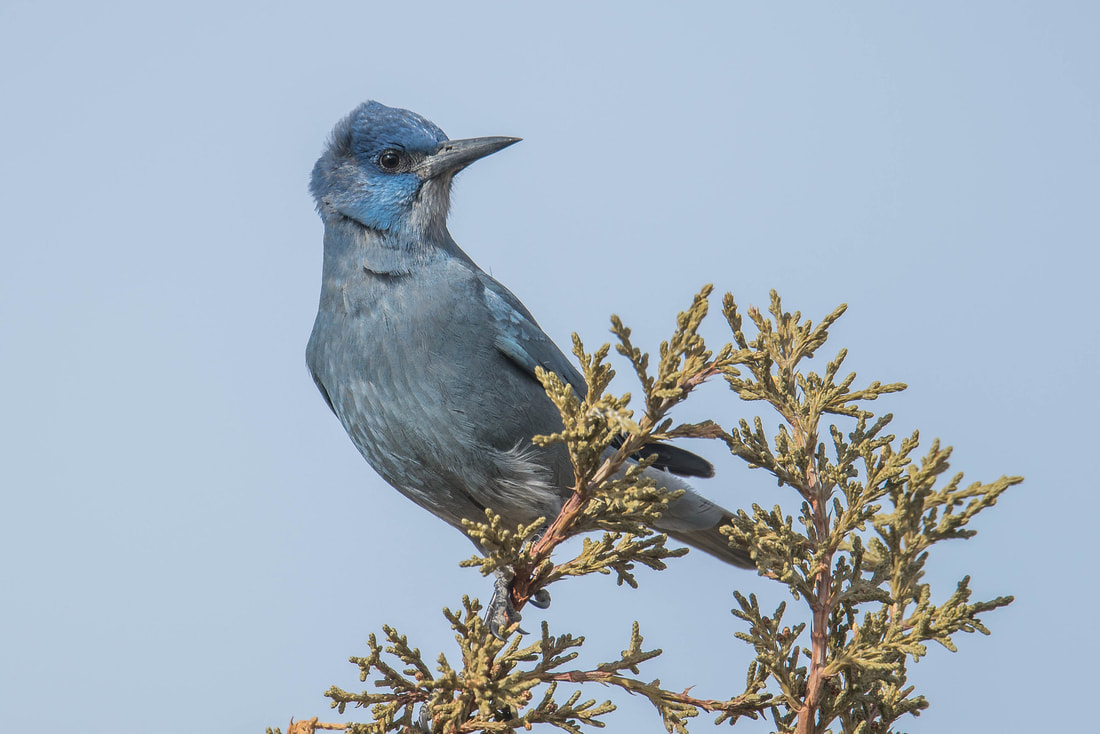
 RSS Feed
RSS Feed